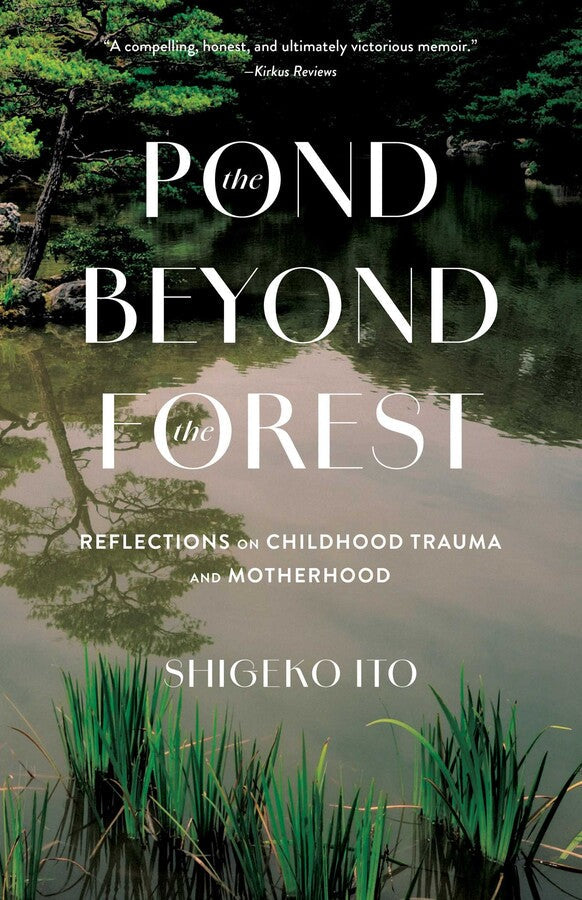Story Skeleton—Where Are You Going, Where Have You Been?

Story structure relates to the psychological appeal of narrative, that which engages readers and builds in them a sense of anticipation—a desire to know what happens next. This blog series is meant to demonstrate the universality of story structure with plot breakdowns of award-winning and classic novels and short fiction.
By Katie Zdybel
The award-winning “Where Are You Going, Where Have You Been?” written by Joyce Carol Oates in 1966, is one of the most anthologized short stories in contemporary fiction. Oates is a living literary legend: among many other prizes, she has won the National Book Award, PEN/Malamud Award for Excellence in the Art of the Short Story, and two O. Henry Awards.
Oates is a writer of the Gothic style, drawn to nuanced, philosophical fiction that explores the power and vulnerability of girls, race, class struggles, and violence. She is known for her proficiency—she has published fifty-eight novels, plus multiple plays, novellas, essays, and collections. She had a long career as a professor of creative writing at Princeton and, after retiring, became a visiting teacher, of short fiction, at the University of California in Berkeley. (She also teaches a MasterClass on fiction, which I have taken, through masterclass.com. It’s an excellent presentation that examines the elements of fiction and offers exercises to develop your own practice.)
What makes “Where Are You Going, Where Have You Been?” such a perennial star?
The story is superbly crafted with relentless momentum and taut, masterful tension. This is partially due to its subject matter, but can mostly be attributed to Oates’s deft skill with structure and her ability to craft theme so that it is constantly simmering below the surface. It’s a disturbing, haunting, terrifying story. Based on the real-life rape and murders of the Pied Piper of Tucson (events which occurred in 1965), the short story follows fifteen-year-old Connie on a psychological spiral that illuminates the threats of predatorial behaviour, the vulnerability of neglected youth, and the flaws of the dominant American culture of that time.
Narrative goal

Let’s take a look at this complex and fascinating story through the lens of Hannah Sheppard’s pitch test:
When A (inciting incident) happens, B (character) must do C (action) otherwise/before D (catastrophe).
When a dangerous predator (Arnold Friend) takes notice of her, Connie must confront her limited way of operating in the world before becoming a victim of assault, or worse.
As you can see, the stakes are very high—Connie is either going to come out of this story alive or not. What ramps up the tension is that—although we can tell from the beginning of the story that Connie will probably wind up in a predicament—we don’t feel the severity of that impact, or the high value of those stakes until the final third of the story. Our understanding of the seriousness of her situation escalates along with Connie’s understanding—to be precise, we are probably only a few steps ahead of her.
A master class in rising tension
What Oates controls so beautifully in this story is the quality and intensity of escalation. We learn in the opening that Connie is a pretty teenage girl. She also happens to be vain. Here’s the second line: “She was fifteen and she had a quick nervous giggling habit of craning her neck to glance into mirrors, or checking other peoples’ faces to make sure her own was all right.” A few sentences later, Oates writes, “…she knew she was pretty and that was everything.”
On a first read of the story, you might think, well, fine, she’s young and good-looking and that’s all that matters to her right now. Fair enough. But by the time we get to the end, and come around for a second read, you realize how “that was everything” condemns her to a terrible fate. The problem is, it’s truly everything for Connie; she cannot see anything past her physical appearance in the moment. She cannot remember or learn from the past or contemplate the future (which explains the title). She cannot see beyond her own bubble.
And inside that bubble, Oates constructs her message: Connie is young and attractive, there is the catchy, popular musical hits of the time playing (rock n’ roll, a genre which plays an active part in reinforcing the teenage bubble), there are cute boys and her girlfriends and the diner. These characters and events are repeated day after day in Connie’s life in order to galvanize that small, limited existence. In Connie’s mind, that’s everything. Her parents and sister barely register as real people (in all fairness, they barely acknowledge her either) and no harm could possibly come to her simply because she is the ultimate expression of what was presented of the ideal character of her times: a blonde, popular teenager who thought about rock n’ roll and French fries and boys and not much else.
Enter the villain. The one who is going to tear down that very flimsy existence, or, as we say, burst the bubble. Arnold Friend, an unfamiliar face, another teenager, “a boy with shaggy black hair, in a convertible jalopy painted gold”, appears at the diner and “stares” at Connie. Then he “wagged a finger and laughed and said, ‘Gonna get you, baby’”. From that unsettling moment on, we fear for Connie. We hope that she will come out of her fierce commitment to the moment and a superficial existence, and start to see that her teenagehood and beauty do not render her impervious.
But Oates makes sure we don’t get a foothold for our hope. Connie seems completely neglected by the people in her life who should be helping to keep her safe: the grown-ups. Her father can’t be bothered to speak to her from behind his perpetually raised newspaper. Her mother is more interested in criticizing Connie for her shallow behaviour (which Oates cleverly constructs so that we wonder if the criticism comes from a place of insecurity). Even Connie’s friends’ parents don’t bother to ask the girls where they’ve been or what they’ve been doing while they’re out all evening. (Where they’ve been is the mall, the diner, the alleys; and what they’ve been doing is fooling around with boys.) And if we might hope Connie has one friend who will tell her to stop navel-gazing and pay attention to the world around her—both its opportunities and its traps—well, tough luck. They are all caught inside their own equally limited world views.
The climax
The climactic moment crashes upon us when Connie opts to stay home from a barbecue at her aunt’s house while the rest of the family leaves. From the moment her mother responds (snappishly) “Stay home alone, then,” we know Connie is in trouble.
When Arnold Friend shows up and seems to know her name, her friends’ names, where her family has gone, and all of Connie’s dreams, the tension ratchets dramatically. He is far creepier than we initially thought, but it takes us a moment to realize this. The quality of tension becomes almost unbearable as reality slowly enters Connie’s consciousness for the first time.
She notices alarming details that we might have—if reading carefully—half-noticed earlier. The shaggy hair might be a wig; the wobbly stance in his cowboy boots might come from the fact that he stuffs them in order to look taller; the mirrored sunglasses hide lines at the corner of his eyes; the gold paint on the jalopy might be covering up a stolen or wanted vehicle. In other words, Arnold Friend is a grown man, in his thirties or older, and it is deeply disturbing that he should be hanging around the teenage haunts knowing so much about their intimate lives, trying to pick up fifteen-year-old girls and lure them into his disguised car.
Connie’s arc
We get there only a beat or two before Connie, and then we know: she has to wake up now or not survive. But waking up is a terrifying struggle. She cannot simply snap out of her teenage-dream-world reverie any more than any of us can suddenly step outside of our own well-practiced and familiar narratives. It makes no difference that we, the readers, can see how delicate and ridiculous Connie’s dreamworld has been; it is real to her and it is everything to her.
In fact, it is so firmly “everything” that in the chilling last line, she looks out and sees “so much land that Connie had never seen before and did not recognize except to know that she was going to it.” What does it mean that she is “going to it”? You’ll have to read to find out.

Katie's first collection of short stories, titled Equipoise, was shortlisted for the 2018 HarperCollins | UBC Prize for Best New Fiction. She is the recipient of a 2019 and 2021 Canada Council for the Arts award, the Peter Hinchcliffe Short Fiction Award, the Carter V. Cooper Short Fiction award, and was publisher-nominated for a Journey Prize as well as two National Magazine Awards in fiction. Katie is an assistant editor at Narrative Magazine, and has worked on PRISM International’s editorial board. As a manuscript editor, she enjoys working with character, theme, and imagery.






